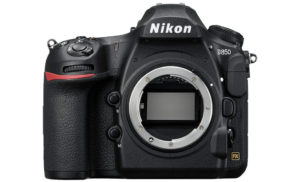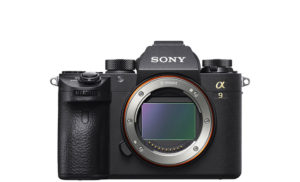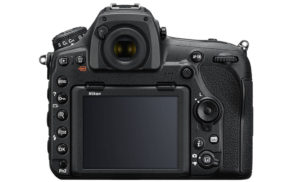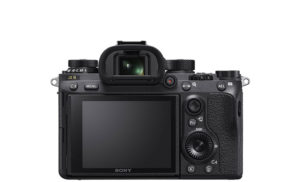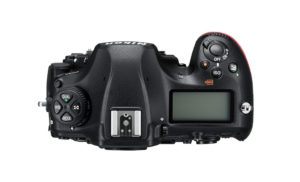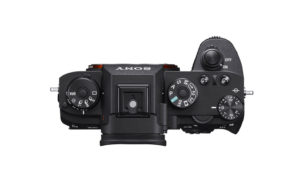The Nikon D850 is the most recent high-end DSLR on the market. Not only does it include interesting updates such as a new 45MP BSI sensor but it also inherits some of the company’s top technology such as, for example, the AF system seen on the D5 and D500. With this new model, Nikon’s goal was to merge the quality of a high resolution sensor and the speed of a sports camera into a single, high performance body.
But how does it compare to the innovations in technology seen on today’s mirrorless cameras? We can try to answer this question by looking at one of the most recent and powerful models, the Sony A9.
Comparing the D850 and A9 is interesting for a couple of reasons. First, though the E-mount camera doesn’t have the same resolution as the Nikon, it has plenty of other features that make it more advanced in certain categories. Second, Sony has seen an increase in mirrorless sales and recently outranked Nikon to become number two in the USA on the full frame market.
With that said, let’s have a look at the ten main differences between these two high-end products!
Ethics statement: The information supplied in this article is based on official specifications and press releases. If we get the chance to test the two cameras side-by-side, we will publish a full comparison. We were not asked to write anything about these cameras, nor were we provided with any sort of compensation. Within the article, there are affiliate links. If you decide to buy something after clicking the link, we will receive a small commission. To know more about our ethics, you can visit our full disclosure page. Thank you!
1. Sensor
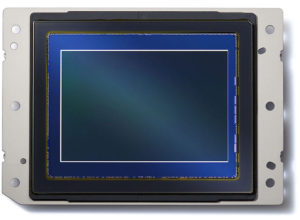
The first relevant difference concerns the image sensor. The Nikon D850 features a brand new full frame (35mm format) CMOS sensor with 45.7MP and BSI technology. BSI means that the chip can gather more light across the frame which should translate into better dynamic range and ISO performance. The sensor lacks an Anti-Aliasing filter meaning that you can capture extra fine details but may also encounter some moiré artefacts.
The Sony A9 has a 24.2 MP sensor with Exmor RS stacked technology that includes an integral memory chip to process more data faster (more on this later). It has an Anti-Aliasing filter.
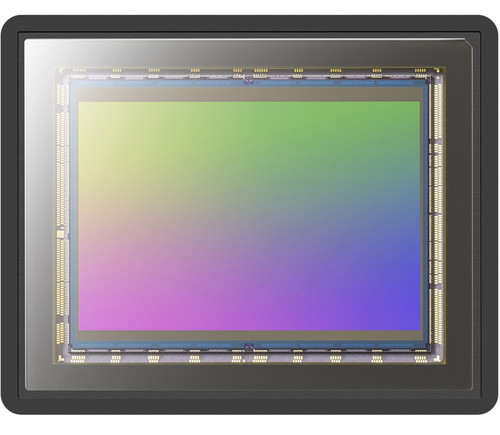
The D850 can shoot 14-bit or 12-bit RAW with three different compressions (uncompressed, lossless and compressed) and three different sizes: Large (45.4 MP), Medium (25.6 MP) and Small (11.4 MP).
With the A9 you can choose between compressed and uncompressed (14-bit).
2. Sensitivity
The Nikon D850 has a native sensitivity range that goes from ISO 64 to ISO 25,600. You can expand the values to ISO 32 and ISO 102,400.
The A9 has a native range of 100 to 51200 while the extended values go down to ISO 50 and up to ISO 204800.
Although only a proper side by side test will confirm this, I wouldn’t be surprised if the Nikon has an advantage when it comes to dynamic range judging from the specifications. A native ISO 64 value, more megapixels and BSI technology should allow the D850 to perform better but the A9 isn’t too far off from the A7r II, which has one of the best full frame sensors you can find on the market.
The Sony should perform better at high ISOs, however, thanks to the lower pixel count and higher native sensitivity range.
3. Autofocus
The Nikon D850 inherits the same Multi-Cam 20K AF system of the D500 and flagship D5. Like all DSLRs, it has a separate AF sensor with 153 points, 99 of them being cross-type. Their sensor has a 180,000 pixel RGB metering that works down to -3Ev while the 15 central points are sensitive up to f/8 and -4Ev. You can choose between groups of 153, 72 or 25 points in Continuous AF mode or select the 3D Matrix mode.
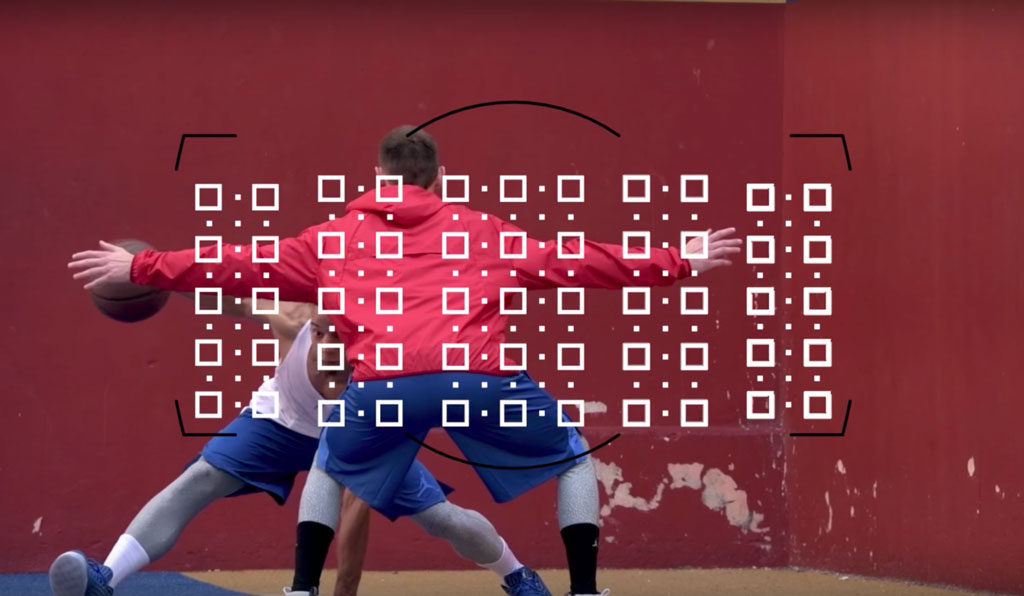
The Sony A9 has 693 phase detection points built into the image sensor directly as with every mirrorless camera. This means that the A9 covers a wider area than the Nikon (93% of the frame) and that you can fine-tune the position of the single point more accurately. The minimum sensitivity range is -3Ev. As for the AF areas, you can choose between Wide, Zone and various single points with different sizes. There is also Lock-On AF (similar concept to 3D Tracking) and the best eye detection I’ve ever used, EyeAF.

The Sony is one of the best mirrorless cameras as far as autofocus performance is concerned. While the D850 module (the same one as the D500 that we had the chance to test for wildlife) might give you something more in certain situations, we are confident that it should be a close battle between the two in this category.
Another advantage we are certain to see from the Sony is the AF performance during video recording. Since the camera uses the same phase detection points, the performance is really fast with all recent E-mount cameras. The D850 on the other hand only uses a contrast detection system when working in live view and is likely to be slower.
4. Viewfinder
To better understand the different technologies of these two cameras, and what really sets them apart, we should analyse other aspects as well, starting with the viewfinder.
The D850 has an optical viewfinder with 0.75x magnification (the highest among all Nikon DSLRs), 100% field of view coverage and a good 17mm eye point. Optical VF means no lag and a clear bright view of your scene but you don’t have a preview of real time exposure, white balance or colour profiles unless you activate the Live View on the rear LCD screen.
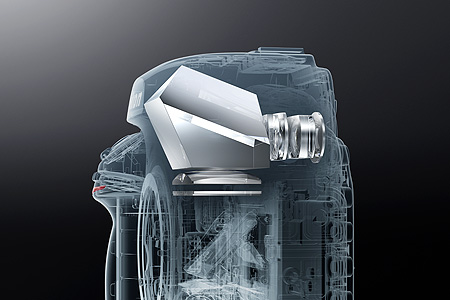
The A9 on the other hand has an electronic viewfinder with a Quad VGA OLED panel (3686k dots), a higher magnification of 0.78x and an 23mm eyepoint. The frame rate can be selected between 60fps and 120fps. Thanks to the electronic panel, you can preview exposure and all the picture settings while shooting.

5. Electronic shutter and continuous shooting
Related to the different viewfinder and sensor technologies are the shutter mechanism and the continuous shooting speeds.
The D850 can shoot up to 7fps with continuous AF and the mechanical shutter, which is 2fps faster than the A9. The Nikon can increase the speed to 9fps with the optional battery grip (MB-D18) and EN-EL18a/b battery.
The Sony gains a significant advantage with its electronic shutter and lower resolution count. It can shoot up to 20fps with AE and AF Tracking. Thanks to the stacked sensor technology, it maintains live view during the 20fps burst with no blackouts, meaning that you see a continuous and uninterrupted real time feed of your scene in the EVF and on the LCD screen. While the optical viewfinder of the D850 doesn’t have any lag, you still get blackouts due to the mirror flipping up and down. The fast sensor readout allows the Sony camera to keep the rolling shutter effect to a minimum.
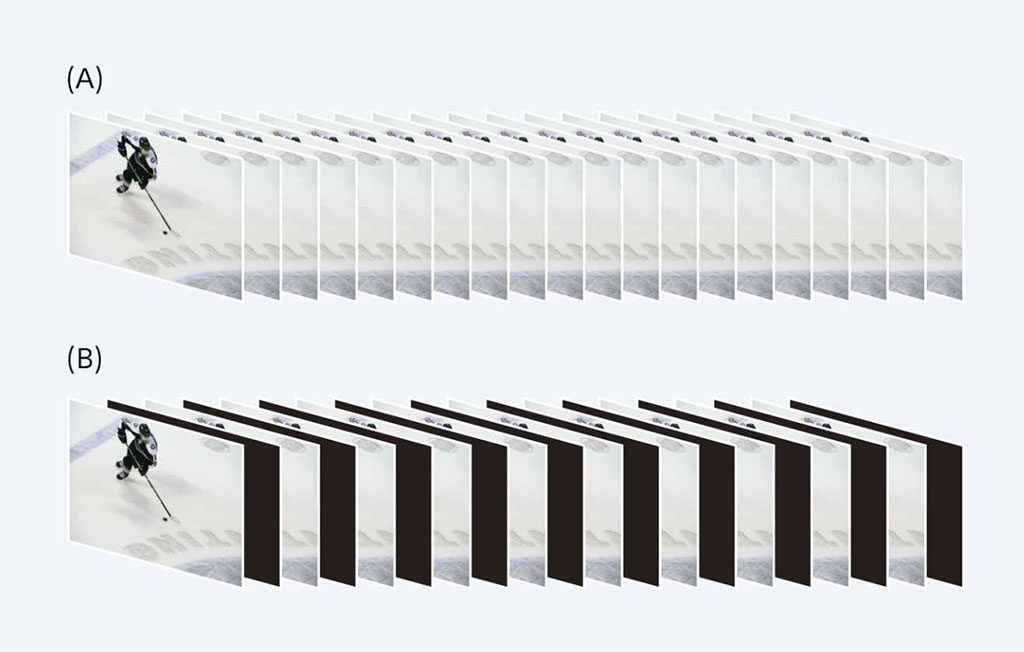
The Nikon has an electronic shutter option (but no first e-curtain unlike the Sony) to shoot in silent mode but it only works in Live View mode on the rear LCD screen. The speed doesn’t go past 6fps and the AF/AE is locked on the first frame. In DX mode (APS-C crop), you can increase that speed to 30fps but the resolution output is 8.6 megapixels.
As for the buffer capabilities, the D850 can record approximately 51 lossless RAW files or 170 12-bit lossless that can increase with the optional battery grip. The A9 has better performance thanks to the stacked sensor and lower resolution once again with up to 241 compressed RAW images.
6. Video capabilities
Nikon has never pushed the video capabilities as much as Sony, although the A9 is a small step backwards in comparison to other E-mount cameras.
The D850 can record 4K up to 30fps and 144Mbps. There is no sensor crop which suggests it doesn’t perform full pixel readout. Given the high megapixel count, we’ll have to see how it performs in the real world especially at high ISOs. In 1080p you can record up to 120fps and slow motion is conformed on camera (25p or 24p output). The HDMI outputs a clean 4:2:2 8-bit signal. The entire ISO range is available for video.
The Sony A9 records 4K up to 30fps and 100mbps with full pixel readout and no sensor crop. It uses 20MP on the sensor which is the equivalent of 6K before downscaling to 4K to increase sharpness and detail rendering. The ISO range is the same as for stills except for the extended values of 50 and 204800. In 1080p you can record up to 120fps as well but at low frame rates like 1fps and 5fps (Quick Motion).
Concerning rolling shutter, it is too soon to analyse the performance on the Nikon. The A9 is able to minimise it but it’s not as good for video as it is for stills.
As for the profiles, neither has a Log gamma option and strangely Sony decided not to include all the picture profiles seen on all the other recent E-mount cameras. The D850 has a Flat profile that gives a little extra dynamic range.
The D850 has a few welcome extra features like digital stabilisation in 1080p and a 4K time-lapse option where it can save a video file. Strangely focus peaking is not available in 4K. The camera is being marketed as capable of 8K time-lapses but all that really does is save the images in a separate folder. To create the video you need to import them into a third party software. Ah, marketing!
Finally both cameras have a mic input and headphone output.
7. Image Stabilisation
The Sony A9 features internal 5-axis stabilisation. The system can work with any E-mount or adapted lens that has electronic contacts (otherwise it works on 3 axes only). It can compensate up to 5-stops according to CIPA standards. With lenses that feature OSS, the camera uses 3 axes on the sensor and combines them with the optical stabilisation of the lens.
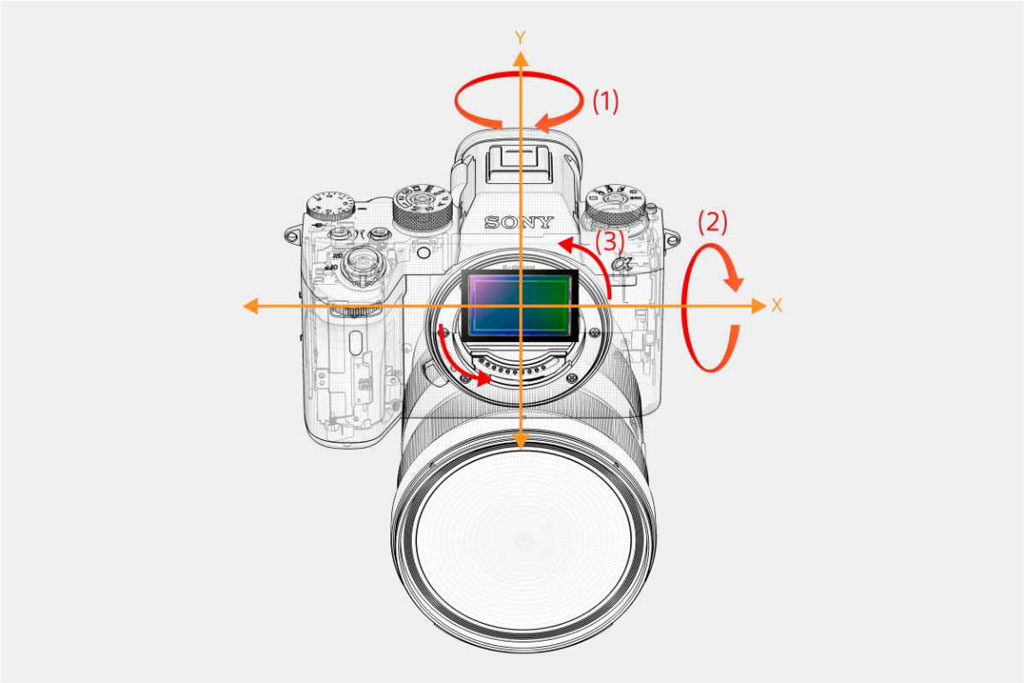
The Nikon doesn’t have in-body stabilisation and relies on the optical stabilisation of its lenses (VR). In video mode there is an electronic stabilisation option available in Full HD.
8. Body design
From the outside, the first difference you will notice concerns the design and size.
The D850 resembles its predecessor, the D810, thanks to its modern DSLR design. The camera is taller, wider and heavier than the A9 (1kg vs 673g). It is has a magnesium alloy body and is weather sealed against water and dust. Among the nice features that distinguish the camera, you can find the LCD screen on top and the illuminated buttons that are useful in low light situations.
The A9 is smaller and lighter with a less rounded and bulkier design. It is made of magnesium alloy and is weather sealed against dust and moisture. You find more custom buttons in comparison to the Nikon but the latter has more buttons overall with many of them dedicated to important functions like ISO, WB etc.
Both cameras offer a touch sensitive LCD screen on the rear with tilting capabilities. The one on the Nikon is slightly larger (3.2 vs 3.0 inches) and has more resolution (2.359k dots vs 1.440k dots). On the Sony you can only use touch sensitivity to move the focus point while on the D850 you can also navigate the menus.
9. Battery life, memory cards and extra features
The D850 has a battery life that should last 1,840 shots or 70 minutes of 4K recording. The optional battery grip and larger battery can improve the performance up to 5140 shots by CIPA standards. These specifications are better than the A9 for stills: the Sony can do 650 shots on a single charge but surprisingly the video endurance is not far from the Nikon (65 minutes). As always, remember that these are official specifications by CIPA standards and don’t always reflect real world usage.
Both cameras feature a dual memory card slot. The D850 can house one XQD card and one SD card (UHS-II compliant). The A9 can house two SD cards (UHS-II on the first slot, UHS-I on the second).
The Sony doesn’t come with extra features by default but several apps are available from the Sony Playmemories Store. Bear in mind that most are paid apps, including the one for the time-lapse. The Nikon comes with more features. I already mentioned the time-lapse capabilities but you can also find Focus Stacking and a Negative Digitising feature that allows you to scan film. For the latter, you will need the optional Nikon ES-2 Film Digitising Adapter, the FH-4 Strip Film Holder and a macro lens (Nikon suggests the Micro 60mm f2.8 ED).
Finally the D850 has Wifi and Bluetooth connectivity that works with Nikon’s SnapBridge technology. The A9 has NFC, Wifi and Bluetooth, though Bluetooth can only be used for geotagging.
10. Price and lenses
Having just been announced, we only know the American price of the D850 which is $3300. Still, it gives you a good idea of how it compares to the A9 which is more expensive at $4500.
Because the two products are part of two different systems, it is important to mention the lenses. The selection you can find for the D850 is vast: there are more than 70 full frame f-mount lenses currently in the catalogue, without counting the older versions you can still find online or second-hand, and the great selection of third-party lenses available from Tamron and Sigma. The latter in particular makes the most relevant difference in comparison to mirrorless systems where the choice of affordable third-party autofocus lenses is still limited. And we mustn’t forget the various teleconverters and accessories either!

Sony has been putting a lot of effort into making its full frame mirrorless system as complete as possible and it’s an effort worth recognising. There are no less than 24 FE lenses from the brand. We can add 8 from Zeiss (4 manual focus, 4 autofocus) and 3 AF lenses from Samyang with more to come. Another option is to adapt DSLR lenses thanks to shorter mount flange distance. The phase detection AF system of the camera allows you to use autofocus with excellent results. If you consider the latter, then the lens choice increases exponentially.

Conclusion
The Nikon D850 looks like a nice upgrade from the previous model but from a purely technological standpoint, I don’t see any relevant new features in comparison to what we’ve seen from the mirrorless market lately. Of course this doesn’t mean that the camera won’t be a success. After all, there are many more lenses and accessories in the DSLR catalogue. I’m sure it will satisfy many users and the new sensor looks really promising.
The A9, on the other hand, is a camera that can give you features that not many other models can like continuous live view without any blackouts or the impressive 20fps burst. It is more compact and represents a more significant step forward technologically speaking but, of course, isn’t without its flaws. For example, the removal of a few features in the video department (picture profiles, s-log2) isn’t really justified. But ultimately it’s the user who decides which one suits his or her needs best.
Check price of the Nikon D850 on
Check price of the Sony A9 on
You may also be interested in the following articles:

